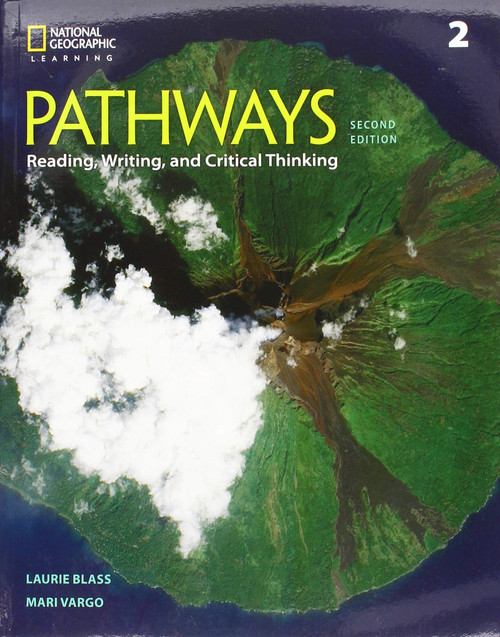This is the only reading inventory on the market to support the treatment of reading as a thinking process through questions and assessments that measure not only readers' ability to recall facts, but also whether they can draw logical conclusions about those facts and respond critically to those conclusions. This book includes both narrative and expository readers' passages for use with pre-K readers through readers in grade 9; and is written in an accessible, inviting style. Through the use of longer passages, multi-level assessments, and case studies, the authors provide a truly effective means to secure a differential analysis of a child's reading comprehension performance.
Three distinct levels of comprehension questions: text-based, inferential, and criticalassist in grouping readers by ability levels, from simple recall to critical engagement with text. Case studies of three levels of diagnostic analysis helps teachers understand the difference between readers who are having genuine difficulty and readers who are simply reluctant. Rubrics for retelling and for fluency stress that word recognition must be assessed within the context of comprehension. Inclusion of the simplified miscue analysis technique highlights both the reader's strategies and his/her orientation.
FEATURES:
Automated Scoring and Interpretation Interview (ASII)--Teachers who use the ASII can include the formatted printouts as part of a students academic records.
Tutorials for Scoring Miscues, Retellings and Comprehension Items
DVD-ROM Video Demonstrations of the CRI--Givesteachersaccess to demonstrations of the proper techniques for administering the CRI. The DVD also makes the CRI easier to learn for teachers who would like to administer the assessment but who have limited experience in using informal reading inventories. In addition to video demonstrations, the DVD includes two extensive case studies that demonstrate the capabilities of the CRI as a diagnostic instrument.
Expanded Number of Passages per Grade Level--this feature will allow users to gather pre-test and posttest information about a readers performance, something that they could not easily do with the original CRI. It also allows for some flexibility in test administration. If a teacher feels, for example, that a student has simply not connected with the topic of a given passage or even has too much background knowledge has the option to test the child with a different passage.
Expanded Number of Grade Levels Assessed--this expanded range will allow users to assess older readers with a great deal more precision than was possible with the original CRI.
Expanded Technical Chapter--users who have been reluctant to consider the CRI because of the fear that the instrument has not been established statistically as a valid and reliable measure can put those fears to rest.










